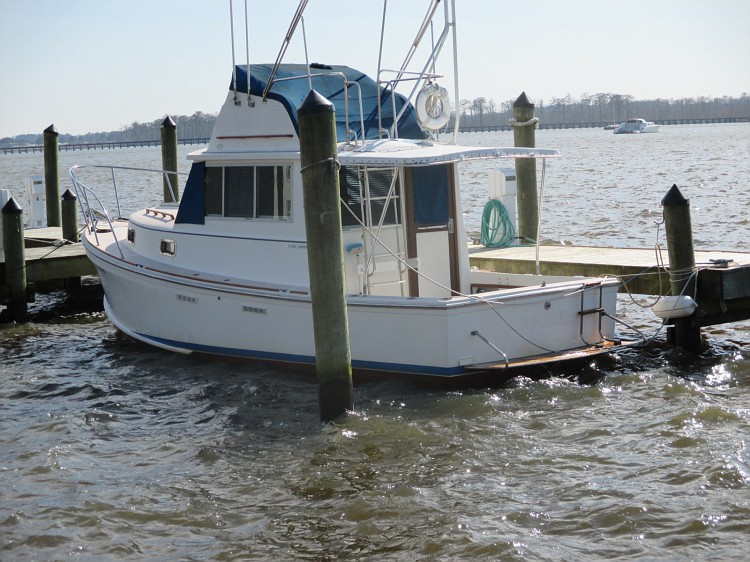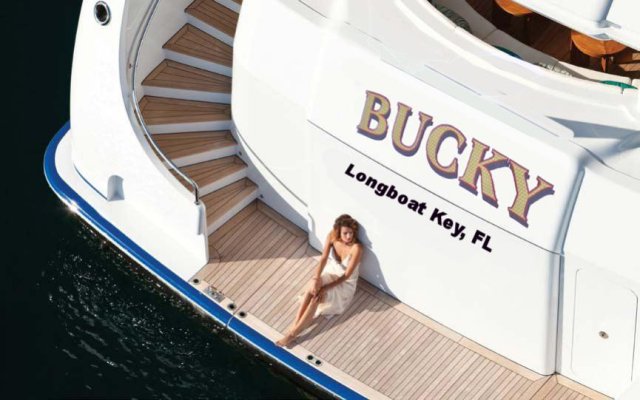I agree with George. Our teak swimstep is now 43 years old. It's certainly not pristine but it's in surprisingly good condition and shows no signs of failing although I hope to build a new extended one when I get the time to do it.
It has never (to my knowledge) had any finish on it at all. Putting anything on a slatted teak swimstep like this one will result in the finish failing sooner rather than later as all the joints work whenever the step is stepped on or a dinghy hauled up on it and so forth. One of the main reasons finishes fail is that joints work, the finish cracks, and moisture gets underneath and lifts the finish.
Teak oil won't do this, of course, but it will weather off surprisingly fast. Plus it can build up a sticky residue that then traps and holds dirt.
The only success I've had with putting a finish on a multi-jointed platform is with the shower grate in our aft head. In typical Grand Banks fashion the grate is an interlocking jigsaw puzzle of teak strips, I think about one by one and a half inches or thereabouts. It had been varnished at one point but the finish quickly cracked at the joints as the grate flexed and most of the finish was gone by the time we bought the boat. The grate joints were also loose and the thing flexed and squeaked like crazy when stepped on.
After learning on the GB forum that leaving it like this would ultimately result in it breaking I took it home, knocked it completely apart, removed the little bit of finish that was still there, and then reassembled it using epoxy in every joint.
Once this had set up I gave the grate a finish sanding, painted it with about five coats of CPES and put it back in the boat.
That was about 15 years ago and the grate still looks like I just did it. BUT....... this only works because of the environment the grate lives in, which is dark most of the time. CPES is like most other epoxies and it will break down rapidly under UV light. Which is why when we use it on all the exterior teak we refinish we immediately cover it with multiple coats of finish, Bristol in our case. The Bristol protects the CPES from UV. When we rebuild a window frame (mahogany) we give the bare frame a couple of coats of CPES and then apply the primer and white paint we use which shields the CPES from UV.
But in the aft head the shower grate rarely gets exposed to UV and then for just short periods of time. What's great about our CPES "finish" is that it has sealed all the wood so it never absorbs any moisture from a shower so it dries off right away, and the multiple coats of CPES give it a finish that looks like satin varnish. And between the epoxied joints and the CPES soaking into the wood everywhere else the grate is as solid as a slab of concrete.
While the same technique would work on a swimstep it wouldn't last because the CPES would be destroyed in short order by UV. And putting a finish over the CPES to protect it from UV wouldn't accomplish anything in the long run because swimsteps are pretty flexible and the finish would start to crack at the joints and moisture would get underneath and lift it off at which point the CPES would be exposed to UV and it, too, would eventually fail.
So the best thing is to follow George's advice and treat it like a teak deck. Leave it bare and let it go gray. At least being "washed" by the water splashing up on it while underway will keep it clean, unlike a teak deck which should be washed--- correctly---- periodically.




